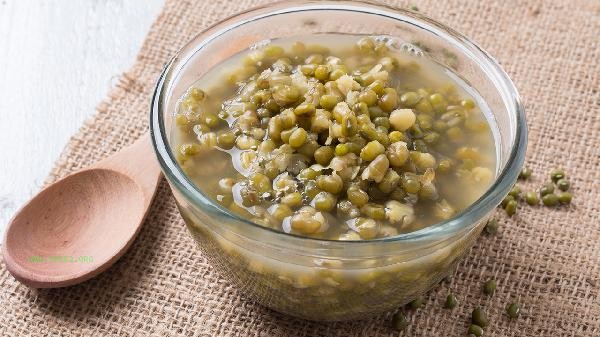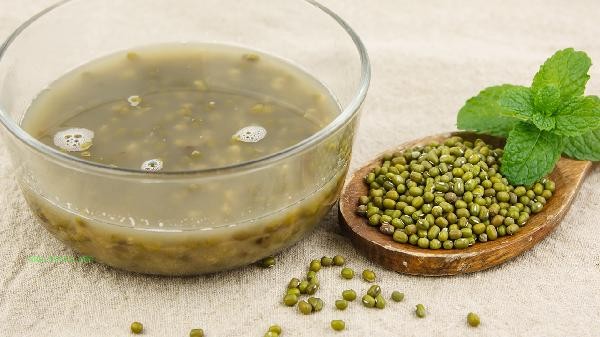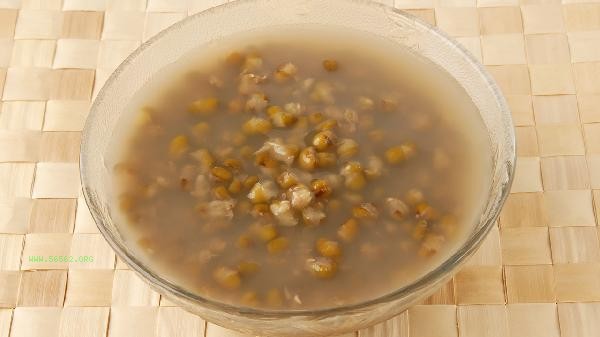The red or green color of mung bean soup is mainly related to the cooking method, and both colors are normal phenomena with similar nutritional value. Red mung bean soup is usually caused by oxidation or alkaline water quality, while green mung bean soup retains more of its original color components. The color difference of mung bean soup is mainly due to the chemical changes of polyphenolic substances during cooking. When cooked in an iron pot or alkaline water, phenolic substances in mung beans combine with metal ions to form complexes, and the soup color easily turns reddish brown. This change does not affect safety, but may result in the loss of a small amount of antioxidant components. Green bean soup made by short-term steaming or using purified water or clay pot is easier to maintain its green color, with slightly higher retention rates of vitamin B and some polyphenolic substances, and a fresher taste. Red mung bean soup is often considered more effective in relieving heatstroke in traditional dietary therapy, as the oxidized active ingredients are more easily absorbed. In some areas, due to the alkaline water quality, red soup will naturally form, and local residents have adapted to it for a long time. Green soup retains more chlorophyll, which visually conforms to modern people's understanding of natural food and is suitable for those who pursue authentic taste. There is no significant difference in mineral content between the two soups, and the cooling effect mainly depends on the nutritional components of mung beans themselves.

When choosing the color of mung bean soup, personal taste preferences can be considered. It is recommended to boil and drink it immediately in summer to avoid nutrient loss. People with weak digestive function should choose clear soup after filtering residue, and those with high blood sugar should control their consumption. Regardless of the color of the soup, it is recommended to use a small amount of tangerine peel or mint leaves when cooking to enhance the cooling effect and avoid prolonged high-temperature boiling that can damage the active ingredients. Overnight mung bean soup should be refrigerated and boiled for sterilization before consumption again.










Comments (0)
Leave a Comment
No comments yet
Be the first to share your thoughts!